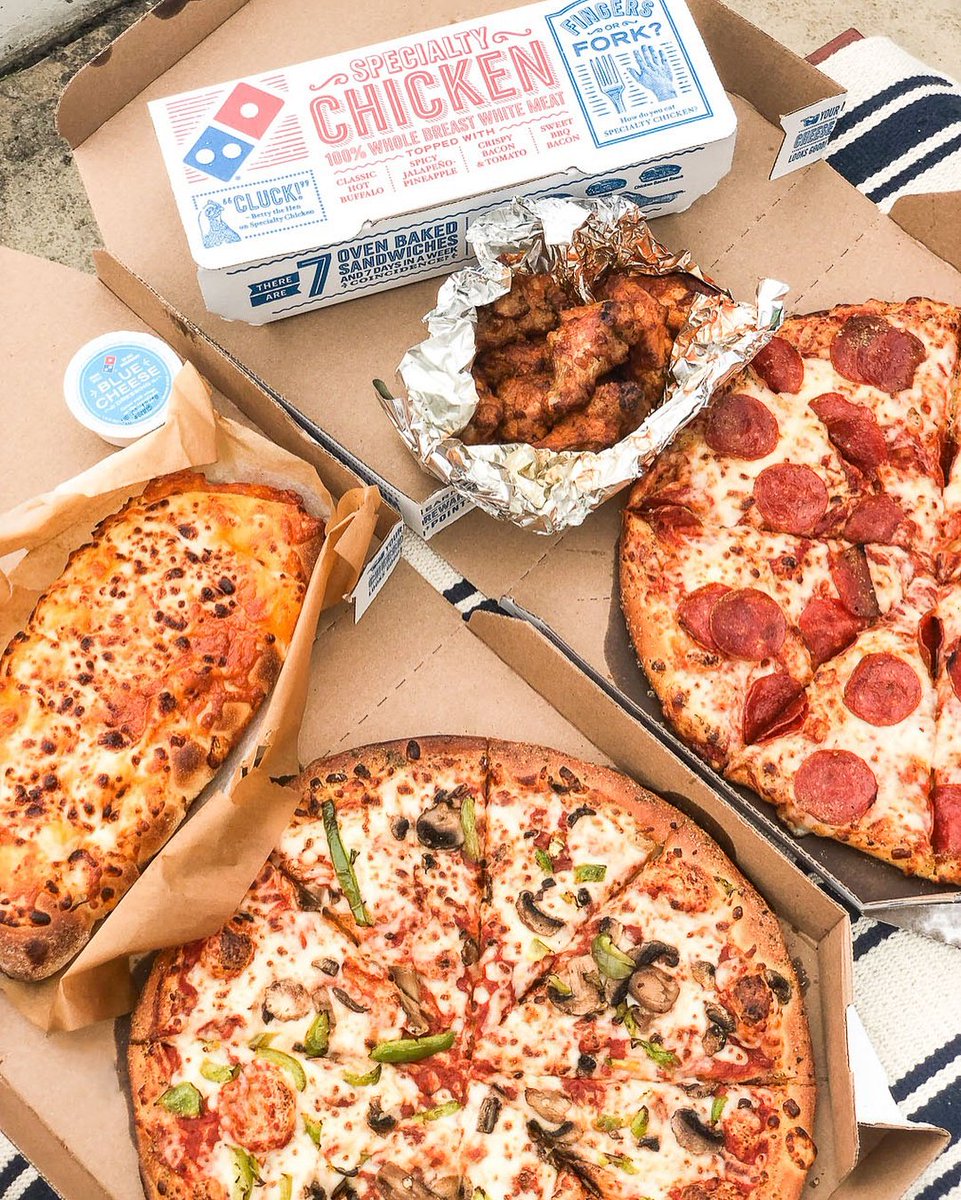
Especially the one showing, presumably, Mr. Setzer are at pains to point out that the food was not actually served (and, of course, we all believe them), the blog Good as You seems to have uncovered four videos in total featuring the pair.Īnd nauseating viewing they really do make. Or perhaps it's that in recessionary times people are relying far more on fast food to get through their budgetary week and are desperate, despite stories to the contrary, to know that these restaurants are sanitary. Why is this Domino's video appearing to have such a deleterious effect on the brand? Perhaps it's that it has simply gained a viral life far beyond its makers' expectations. Yet the brand seems to march confidently on. Last year, Burger King fired an employee for making a video while bathing in the restaurant's kitchen sink and uploading it to MySpace. Yet this is not the first time employees of fast-food outlets have used YouTube as an emotional outlet from their rewarding work. The employees, Kristy Hammonds and Michael Setzer, have been fired and charged with delivering prohibited goods. Two employees of the Domino's in Conover, N.C., made a video which featured one of them putting cheese up his nostrils (and then putting it on a sandwich) and passing a salami around his wind-passing backside (and then putting it on a sandwich).
#Dominos sandwiches trial#
“We believe it is highly unlikely that the Mix and Match deal, which has been the core of the menu and the marketing strategy for over a decade, will be available through third-party marketplaces, should Domino's embrace such a strategy.In its trial by social media, Domino's Pizza seems to already have been found guilty. “The concern in our view, is how you minimize the profit degradation from customer orders (from $6.99 Mix and Match) that originate on your native digital channels, but are delivered by a third party,” BTIG analyst Peter Saleh said in the report. BTIG noted it would be difficult for Domino’s to navigate third-party channels given its reliance on value offerings, like its $6.99 Mix and Match deal. Papa Johns franchisees told BTIG they believe Domino’s will inevitably partner with third-party aggregators, according to a report sent to Restaurant Dive.
#Dominos sandwiches drivers#
While Domino’s appears to remain focused on finding solutions to its challenges within its system, rival chains like Pizza Hut and Papa Johns continue to benefit from deploying drivers through partnerships with third-party delivery companies to help fulfill demand. “A lot of the initiatives that we talked about on the last earnings call started playing in, and delivery did improve sequentially,” Reddy said. “We have more work to do, but we definitely had some progress that we saw in the quarter.”

While delivery performance was down quarter-over-quarter, delivery same-store sales were up over 8% in the U.S compared to Q2 2019. Increased flexibility could include the ability to work shorter shifts, work fewer hours in a week and sign up for shifts with a short lead time, Weiner said. The company is evaluating solutions to improve flexibility for drivers, which can be more important to Domino’s delivery fleet than compensation, Weiner said. “The question remains: can we close the gap in performance and get back to fully meeting demand utilizing our current delivery model as it has evolved over many decades? Until we’ve fully answered that question, all options will remain on the table,” Weiner said. The gap between delivery same-store sales at its top-performing stores, which are stores that are considered fully staffed, versus its bottom-performing stores decreased to 11% during Q2 versus a 17% gap in the first quarter, Reddy said. “This allows team members to focus on making and delivering pizzas without having to worry about answering phones, especially during the busiest times in the store,” Weiner said.


stores to process phone orders, reducing employee responsibilities and optimizing store efficiency. Comparatively, stores were only closed an equivalent of roughly four days during the second quarter, with stores flexing hours to be closed during non-peak times, Weiner said.ĭomino’s is also using call centers at around 40% of its U.S. At the end of Q1 2022, Domino’s executives said they would work with franchisees to bring stores back to core hours, as stores were closed an equivalent of six days during that quarter due to labor contraints.

These improvements include expanded operating hours. Despite these lackluster sales metrics, Domino’s CEO Russel Weiner said demand for the the pizza chain is holding steady as Domino’s improves its capacity to meet customer needs.


 0 kommentar(er)
0 kommentar(er)
